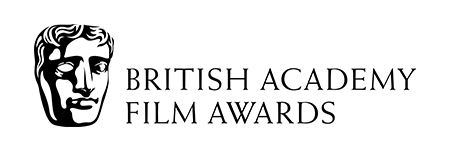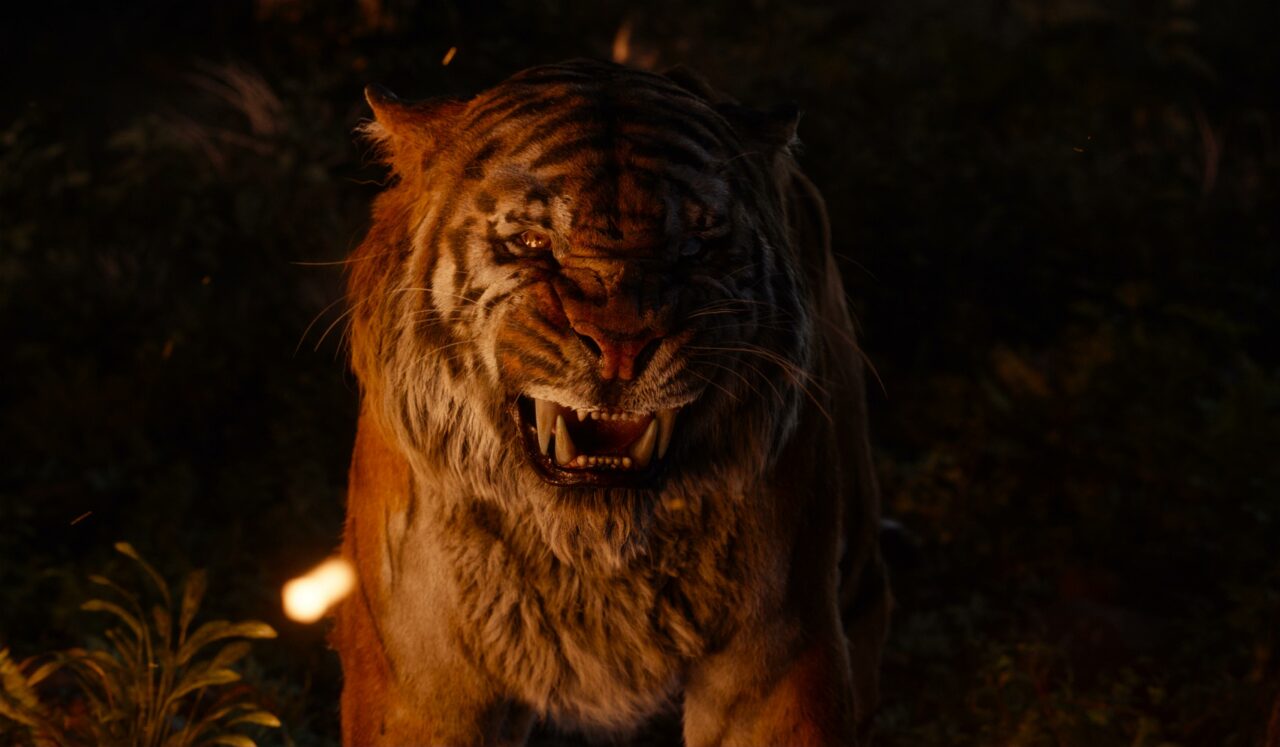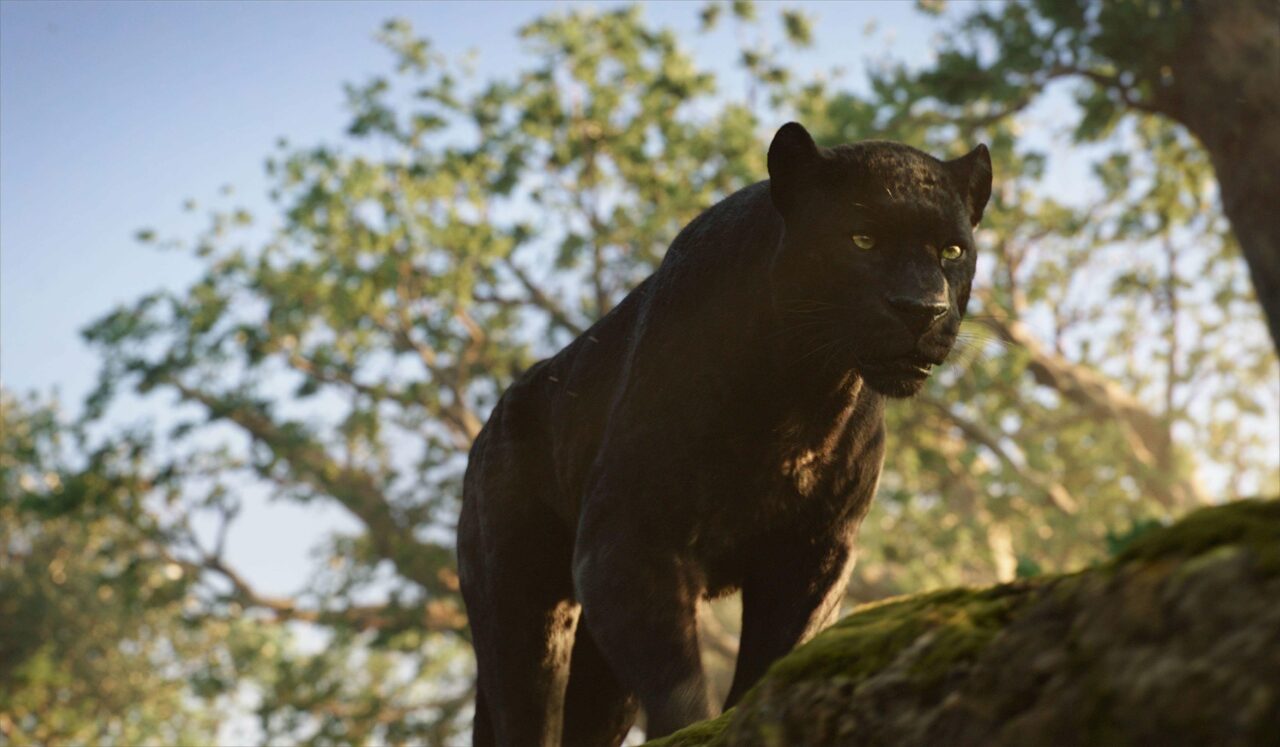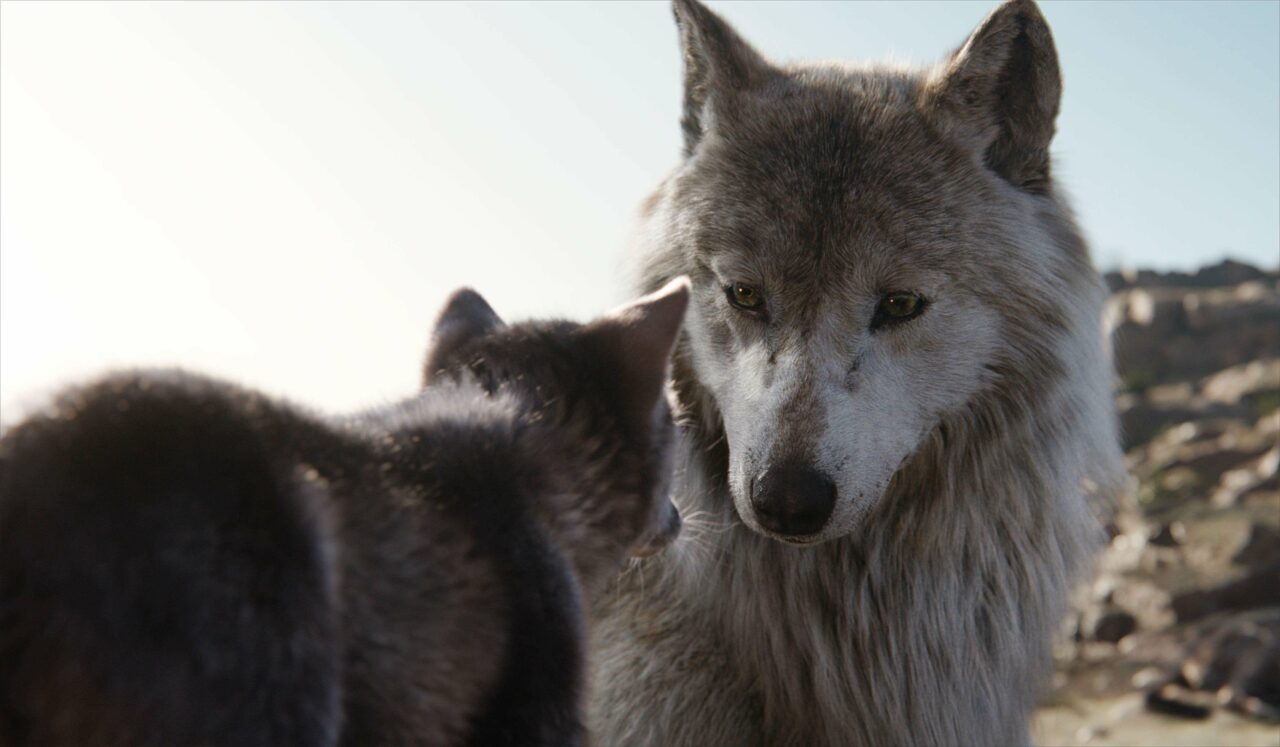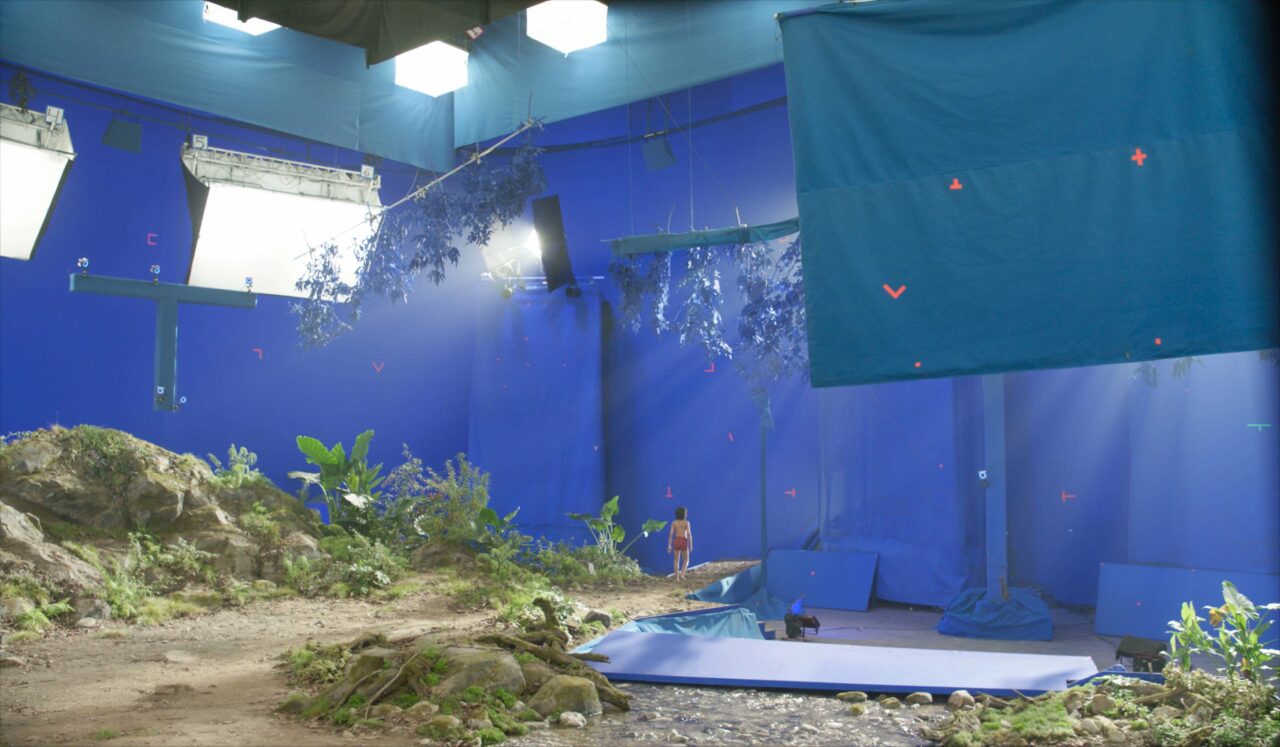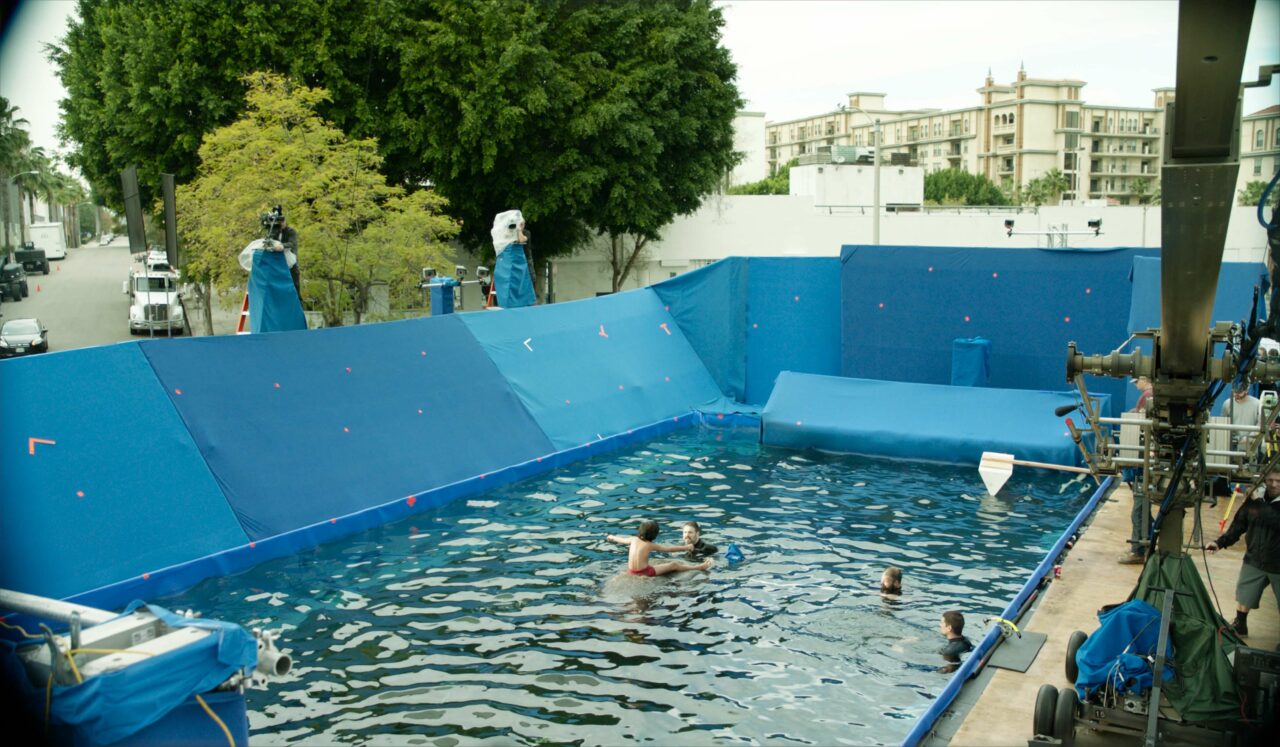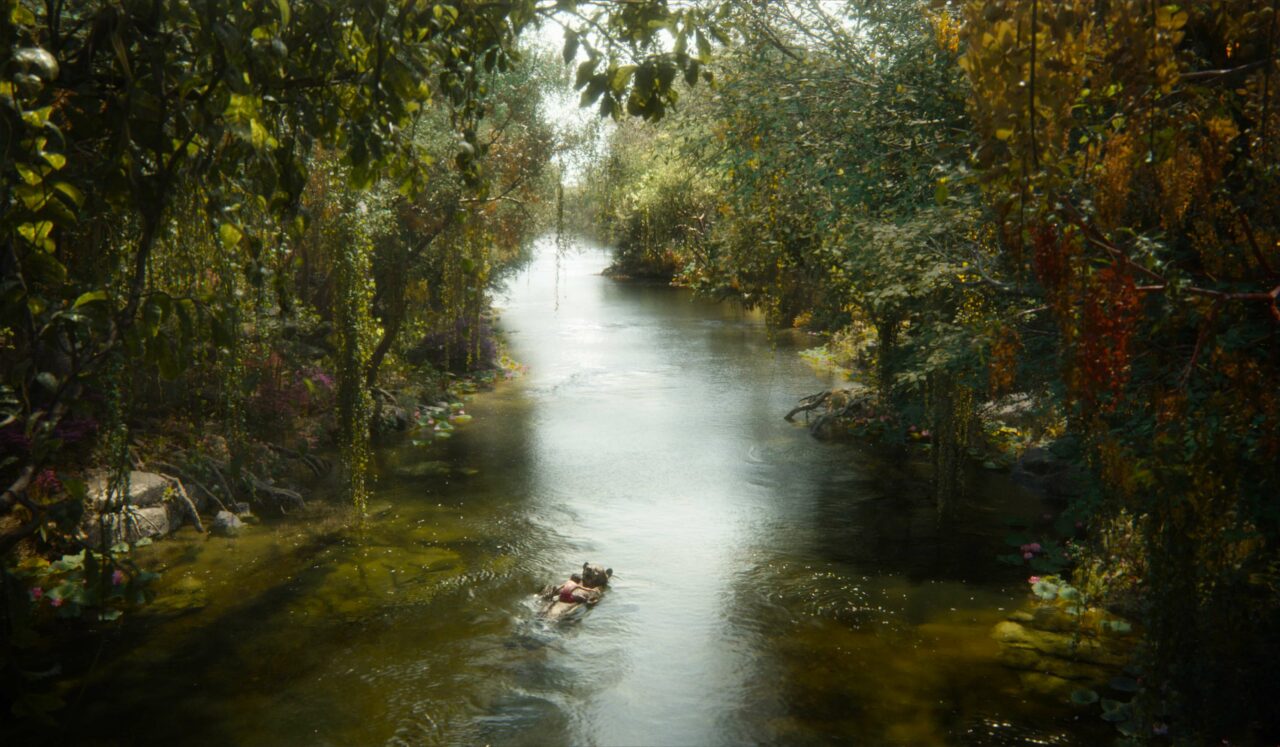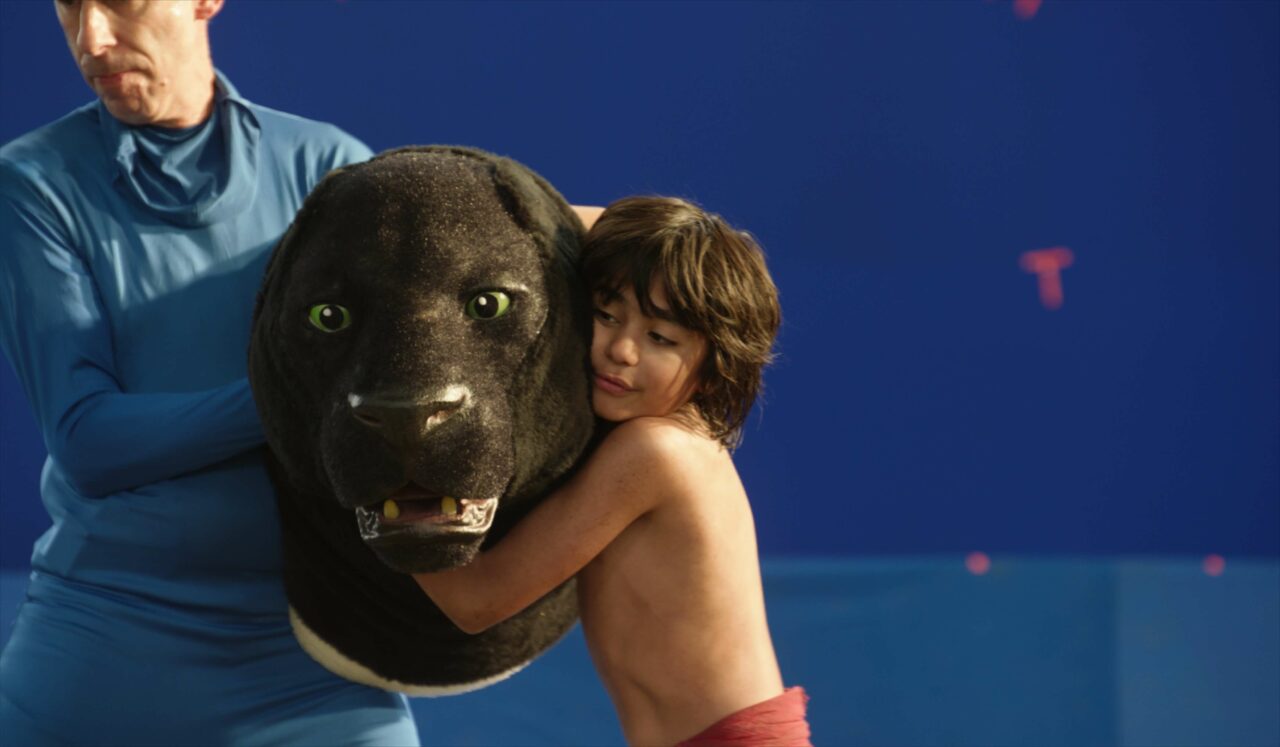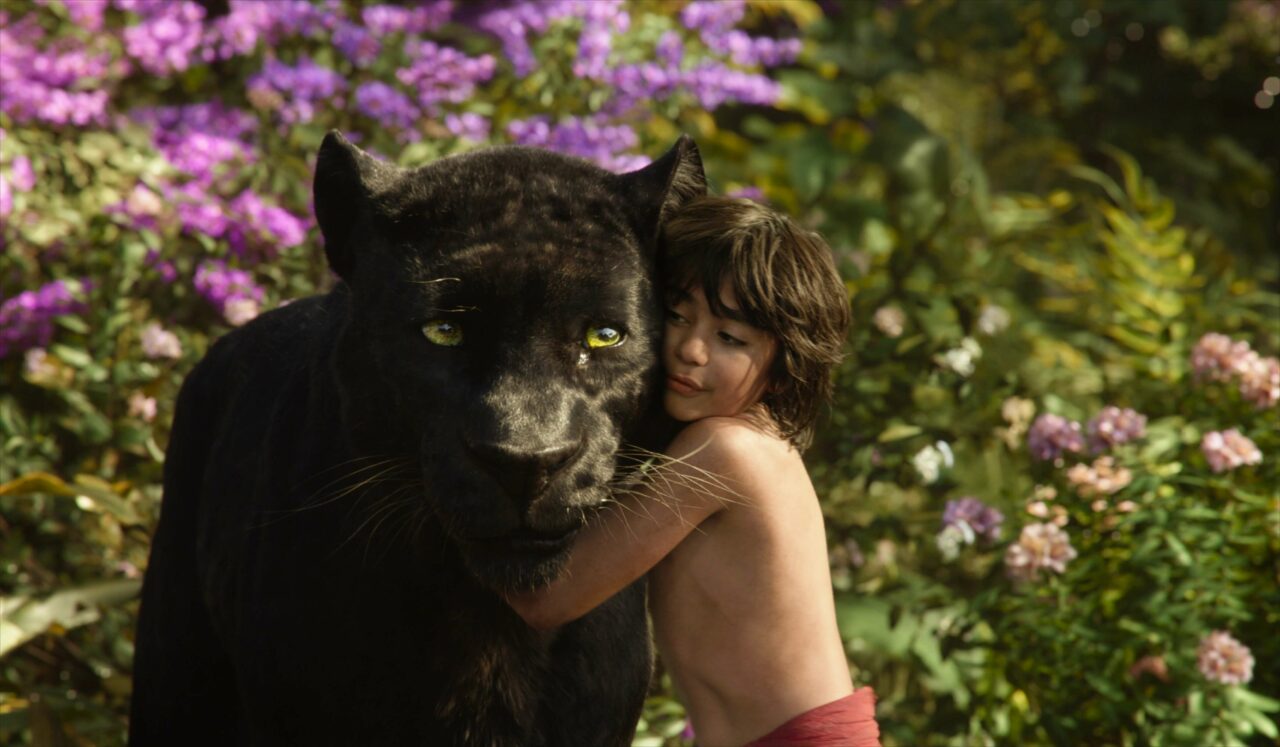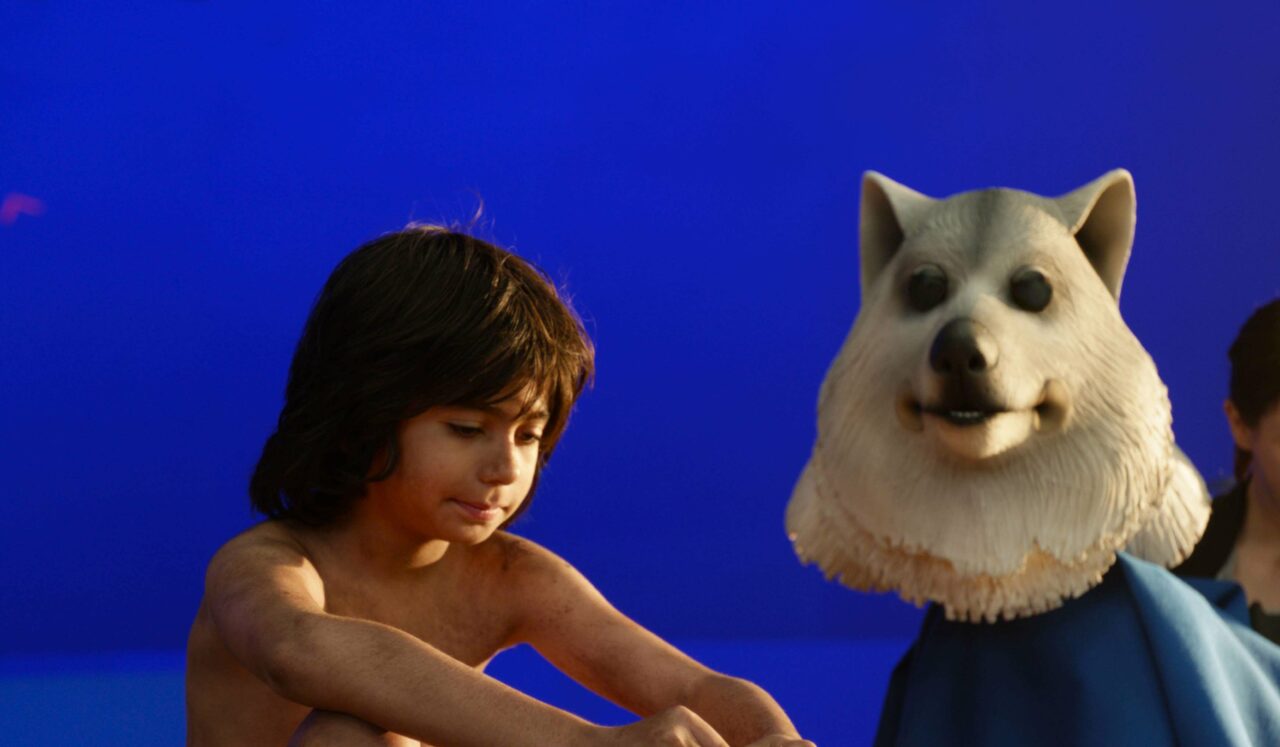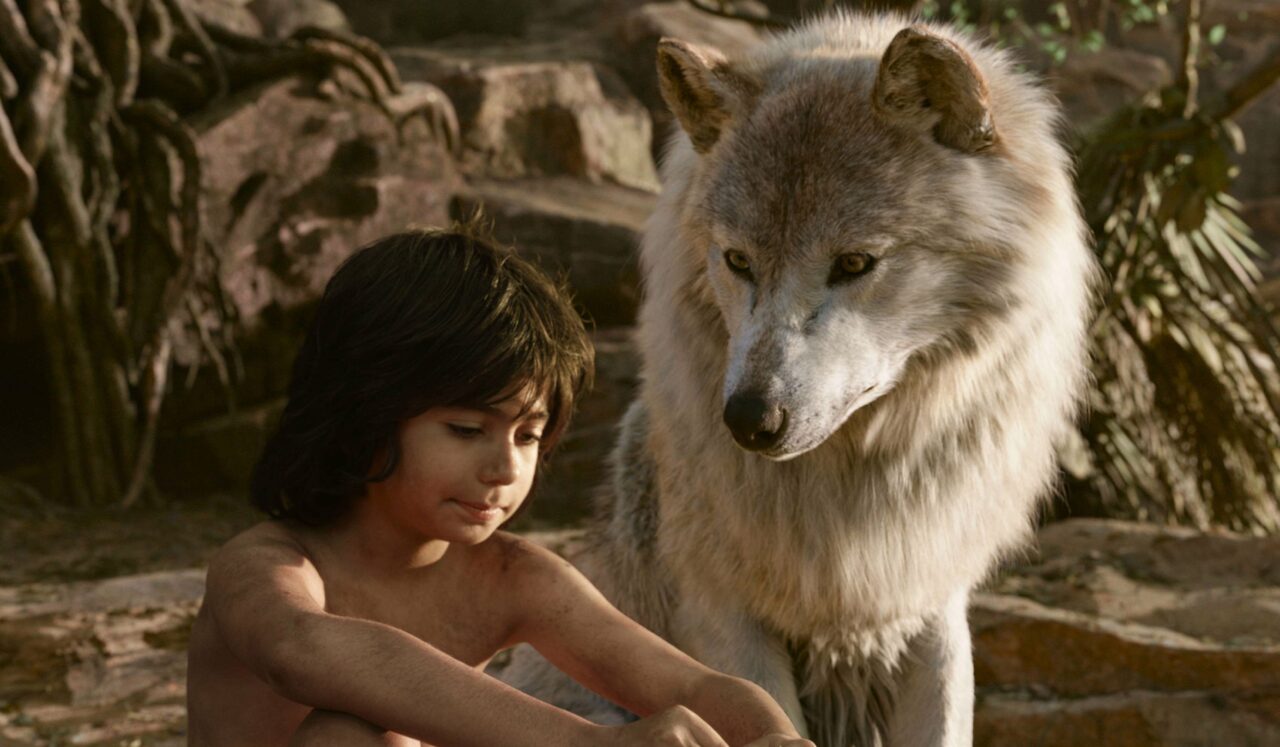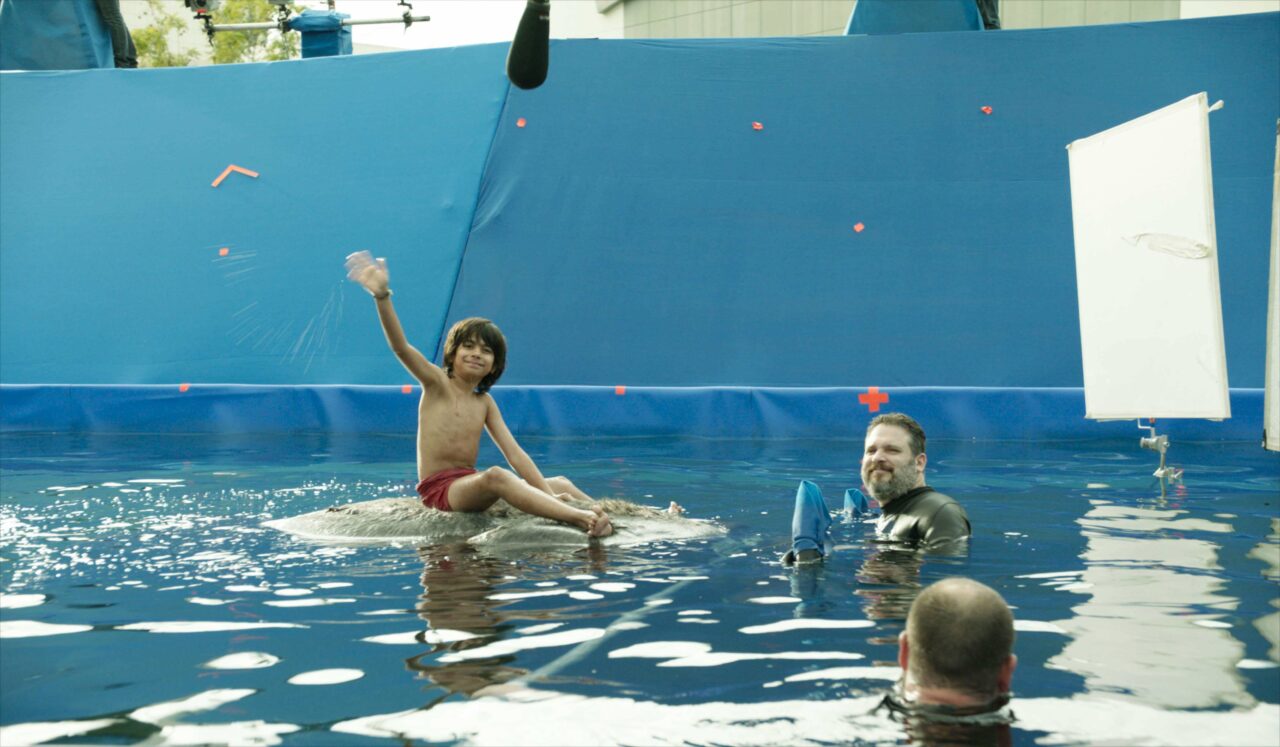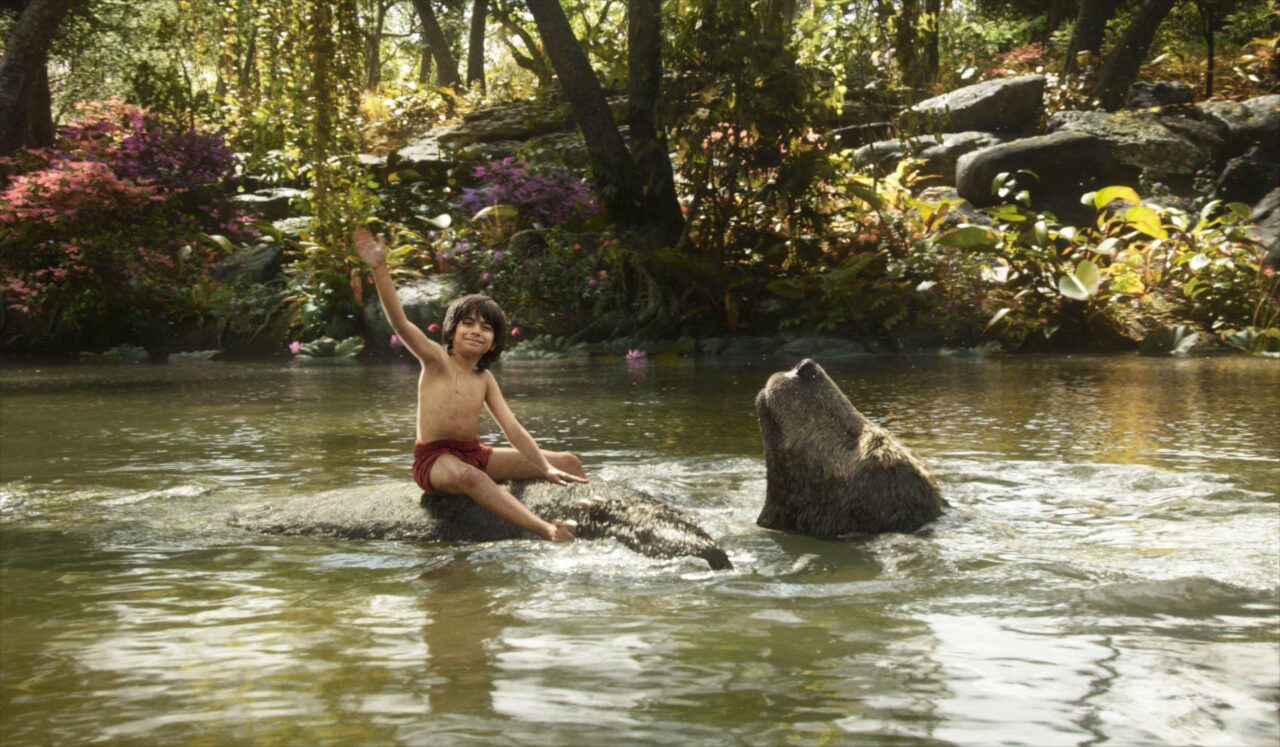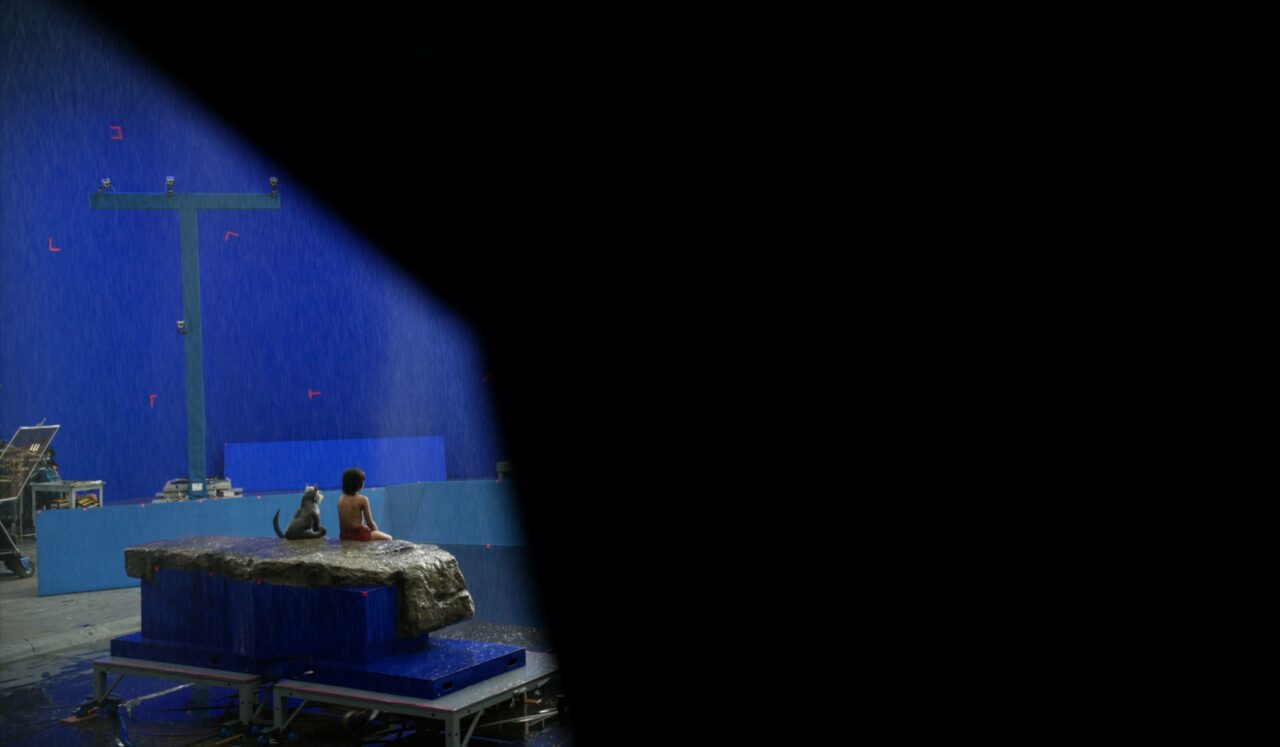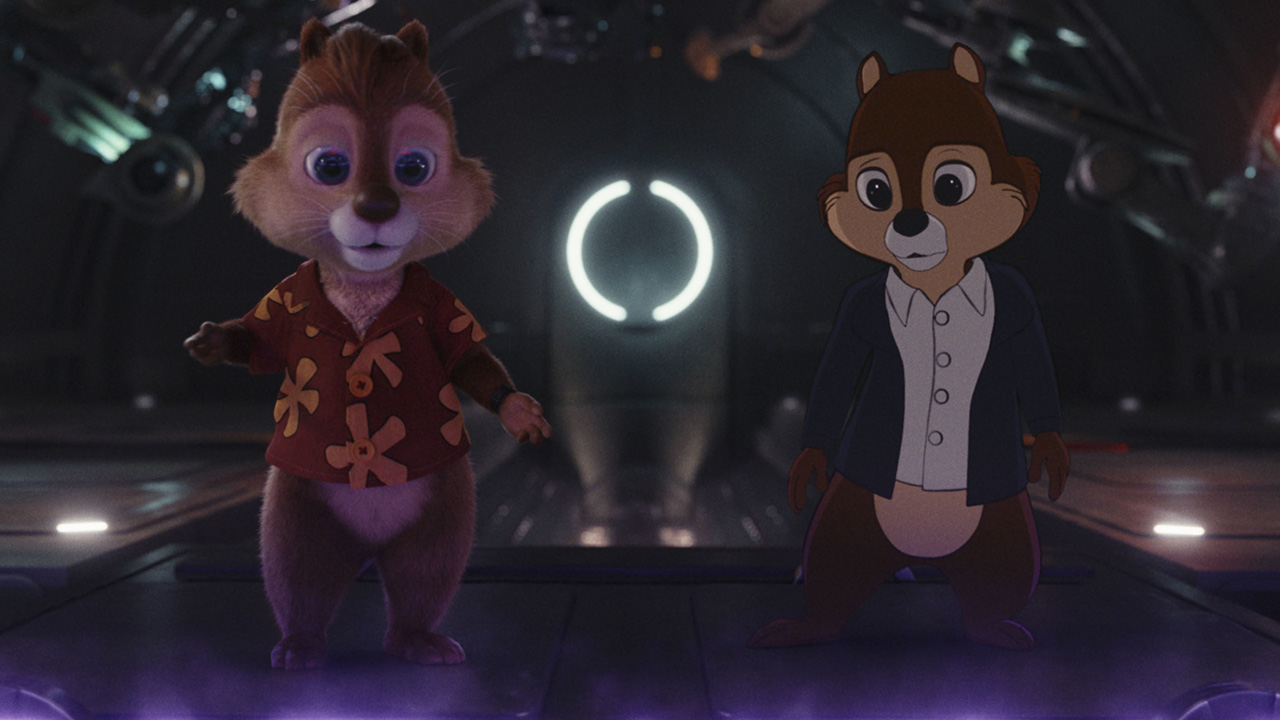Disney’s The Jungle Book puts viewers alongside the film’s central character Mowgli in a photo-real computer generated world. Part live action film, part animated feature, part virtual experience, audiences of all ages will feel what it’s like to walk and talk with animals in their jungle home.
The newest filmmaking technologies from virtual cameras and computer simulations to digital characters were used to create a seamless experience for audiences, without a hint the film was shot entirely in Los Angeles on sound stages.
Director Jon Favreau, Production VFX Supervisor Rob Legato and The Jungle Book’s production team made the bold decision to film the movie without any outdoor locations. How were they to shoot a single actor on blue screen, and create a world around him that is so realistic that audiences would believe took place in the jungles of India? A new approach to filmmaking would be required, harnessing the latest technology and creative talent. In the end a team of more than 800 computer graphics artists would work for over a year animating over 54 species of animal, crafting full CG environments, and simulating earth, fire and water.
Before a single frame was shot, each scene was meticulously prepared, camera moves designed, animal co-stars roughly animated, detailed lighting plans made, and models of terrain and trees arranged into technical plans. MPC (The Moving Picture Company) were involved from the film’s very beginnings. A team of senior artists, led by MPC VFX Supervisor Adam Valdez and VFX Producer Philip Greenlow, travelled from London to Los Angeles to help visualize and plan the script and storyboard development and guide the filming on set. MPC’s visual effects team developed characters, worked out just how they would talk, and began crafting the movies full CG environments.
MPC brought the film’s most iconic characters to life. Best friend Baloo the bear, Mowgli’s wolf family, Bagheera the panther, Kaa the python, and the villainous tiger Shere Khan would be built bone, skin, hair and whisker. 54 species of animals and 224 unique animals were created and new computer programs were made to better simulate muscles, skin and fur. For each shot and each movement, animation artists followed extensive research in animal behavior, so that even the subtlest behavioral traits would translate into performances the audience would recognize from the animal kingdom. MPC’s Animators used finely tuned animation tools to hand animate the jungle animals, from the kings of the jungle to the smallest of insects.
To put the jungle in The Jungle Book, MPC began by creating a wide variety of plants, trees, vines and rocks. Artists at the studio’s Bangalore studio took more than 100,000 photographs of real locations in the Indian jungle, and built a massive library of resource material that was then recreated down to the finest of detail. The result is moss, bark, rock and water that the audience feels they can reach out and touch. Each scene is handcrafted plant by plant, detailed down to thousands of scattered broken leaves, and vines that grow across the landscape. It’s also a world of rushing rivers, mudslides and grasses blowing in the wind. Contributing to 80% of the frame 100% of the time, the jungle itself is the single biggest creation in the movie.
MPC’s Visual Effects Supervisor Adam Valdez explains, “Jon talked about how our jungle was the stage for primal mythology. It’s not a fairytale. But watching the final scenes is magical in a way. He also saw the opportunity to give audiences the wish fulfillment of living with animals, and for that the world and characters needed to pass the test of unblinking believability. We had to create an experience that was charming like the classic animated film, but intense when the story needed it.”
MPC brought the film’s most iconic characters to life. Best friend Baloo the bear, Mowgli’s wolf family, Bagheera the panther, Kaa the python, and the villainous tiger Shere Khan would be built bone, skin, hair and whisker. 54 species of animals and 224 unique animals were created and new computer programs were made to better simulate muscles, skin and fur. For each shot and each movement, animation artists followed extensive research in animal behavior, so that even the subtlest behavioral traits would translate into performances the audience would recognize from the animal kingdom. MPC’s Animators used finely tuned animation tools to hand animate the jungle animals, from the kings of the jungle to the smallest of insects.
To put the jungle in The Jungle Book, MPC began by creating a wide variety of plants, trees, vines and rocks. Artists at the studio’s Bangalore studio took more than 100,000 photographs of real locations in the Indian jungle, and built a massive library of resource material that was then recreated down to the finest of detail. The result is moss, bark, rock and water that the audience feels they can reach out and touch. Each scene is handcrafted plant by plant, detailed down to thousands of scattered broken leaves, and vines that grow across the landscape. It’s also a world of rushing rivers, mudslides and grasses blowing in the wind. Contributing to 80% of the frame 100% of the time, the jungle itself is the single biggest creation in the movie.
MPC’s Visual Effects Supervisor Adam Valdez explains, “Jon talked about how our jungle was the stage for primal mythology. It’s not a fairytale. But watching the final scenes is magical in a way. He also saw the opportunity to give audiences the wish fulfillment of living with animals, and for that the world and characters needed to pass the test of unblinking believability. We had to create an experience that was charming like the classic animated film, but intense when the story needed it.”




